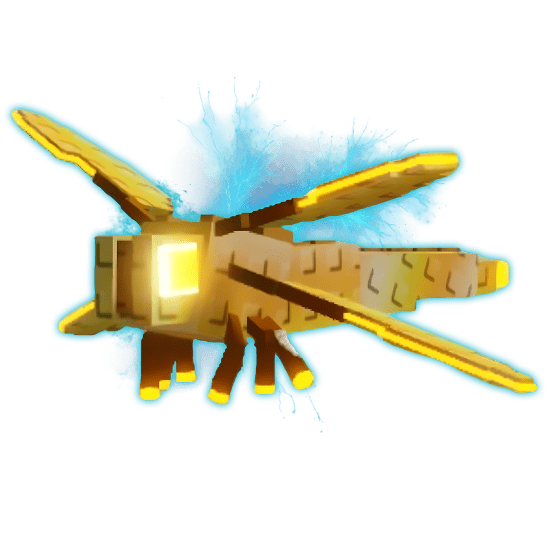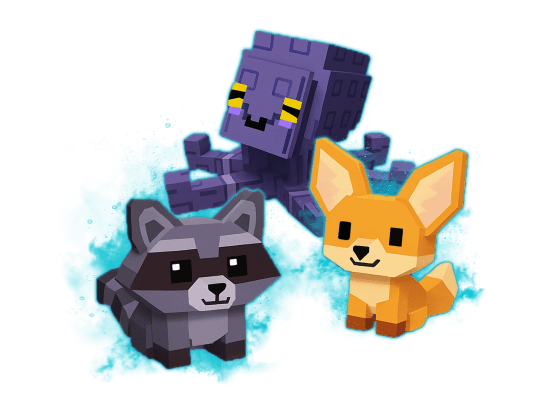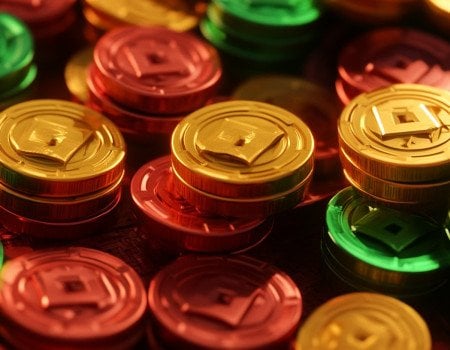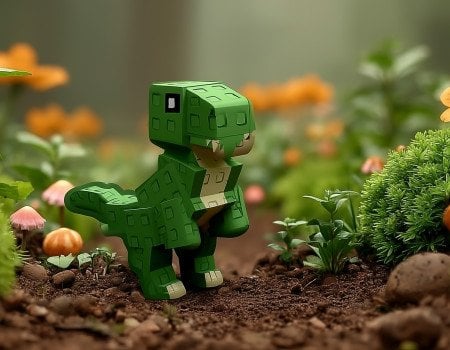Pets are one of the most important features in Grow a Garden, turning your cozy farm into a thriving and dynamic place. While they may look adorable, these companions are far more than decoration. Each pet comes with unique abilities that can boost crop growth, speed up hatching, provide mutations, or even help you earn rare resources. With dozens of pets now available across different rarities and events, knowing which ones to prioritize is key to making steady progress.
That’s why we’ve created this Grow a Garden pets tier list. It ranks every pet in the game from the strongest meta-defining companions to the ones that offer little value. Whether you’re aiming to farm efficiently, collect rare variants, or simply maximize your garden’s output, this guide will help you make the right choices.
And if you’d rather skip the grind, you can Buy Grow a Garden Pets boosting services that give you access to rare pets, powerful accounts, and more—making it easier to jump straight into the fun.
Read our other RBLX guides:
How the Tier List Works
Our Grow a Garden pet rankings are designed to help you quickly see which companions are worth keeping and which can be safely set aside. Pets are ranked according to their overall usefulness, accessibility, and impact on your farm. Strong mutation pets, XP boosters, and rare event exclusives naturally rank higher, while starter pets or those with minimal effects fall toward the bottom.
Here’s what each tier represents:
- S-Tier – The best pets in the game, offering unmatched traits, high multipliers, or rare abilities.
- A-Tier – Excellent pets with strong benefits, just slightly less dominant than S-Tier picks.
- B-Tier – Solid choices that can be useful in certain farming setups or playstyles.
- C-Tier – Below-average pets that offer situational value but are generally outclassed.
- D-Tier – Weak or outdated pets that don’t provide meaningful advantages.
Keep in mind that the game meta evolves with updates and events, so the list of Grow a Garden best pets will change over time.
Grow a Garden Pets Tier List
With so many pets available in Grow a Garden, it can be tough to know which ones are worth keeping and which fall short. To help, we’ve ranked every pet into a clear tier system. This list showcases the current Grow a Garden meta pets, weighing each pet’s abilities, utility, and long-term value as they age and scale.
Keep in mind that some pets are unobtainable at the moment, either because they were tied to past events or have been vaulted. These still appear in the rankings since they remain part of the game through trading, but newer players may not be able to acquire them directly.
| Tier | Pets |
| S-Tier | Kitsune, Corrupted Kitsune, Dragonfly, Disco Bee, Mimic Octopus, Butterfly, Golden Goose, Raccoon, Spinosaurus, T-Rex, Fennec Fox, French Fry Ferret, Queen Bee, Seal, Lobster Thermidor, Chicken Zombie, Firefly, Pancake Mole, Shiba Inu, Blood Owl, Praying Mantis |
| A-Tier | Triceratops, Pig, Sea Turtle, Moon Cat, Starfish, Capybara, Pack Bee, Petal Bee, Ankylosaurus, Pachycephalosaurus, Tanchozuru, Junkbot, Cooked Owl, Sushi Bear, Raiju, Spaghetti Sloth, Spriggan, Hyacinth Macaw, Pterodactyl, Bear Bee, Honey Bee, Scarlet Macaw, Golden Lab, Moth, Ostrich, Silver Monkey, Blood Hedgehog, Red Giant Ant, Tarantula Hawk, Snail, Koi, Squirrel, Turtle, Night Owl, Hotdog Daschund, Blood Kiwi, Meerkat |
| B-Tier | Sand Snake, Axolotl, Mole, Kodama, Stegosaurus, Dilophosaurus, Parasaurolophus, Iguanodon, Caterpillar, Spotted Deer, Monkey, Giant Ant, Dog, Toucan, Hedgehog, Orangutan, Crab, Owl, Cow, Rooster, Peacock, Orange Tabby, Raptor, Seedling, Dairy Cow, Maneki-neko, Tsuchinoko, Flamingo |
| C-Tier | Cat, Grey Mouse, Bee, Frog, Bagel Bunny, Kiwi, Bald Eagle, Brown Mouse |
| D-Tier | Bunny, Black Bunny, Seagull, Panda, Gorilla Chef, Polar Bear, Turtle (basic), Deer |
| Unobtainable | Brontosaurus, Red Fox, Hamster, Sea Otter, Kappa, Tanuki, Nihonzaru, Sunny-Side Chicken, Golden Bee, Red Dragon |
This Grow a Garden pet tier list 2025 makes it simple to see which pets stand out as the strongest in Grow a Garden. Of course, each tier has its own role and niche uses, but the S-Tier pets are widely recognized as the most impactful, while the D-Tier pets offer little to no value compared to other options.
Best Pets in Grow a Garden
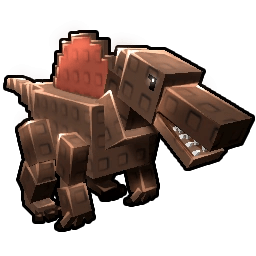 While the S-Tier is full of powerful companions, a select few pets define the game meta. These best pets in Grow a Garden stand out thanks to their extremely rare traits, ability to apply high-value mutations, or unique utility that no other pet can replicate. If you’re aiming for maximum efficiency, these are the best pets in the game:
While the S-Tier is full of powerful companions, a select few pets define the game meta. These best pets in Grow a Garden stand out thanks to their extremely rare traits, ability to apply high-value mutations, or unique utility that no other pet can replicate. If you’re aiming for maximum efficiency, these are the best pets in the game:
- Kitsune & Corrupted Kitsune – The rarest pets in Grow a Garden, Kitsune can apply the unique Chakra (15x) or Foxfire Chakra (90x) mutation by copying fruits from other farms, while Corrupted Kitsune forces nine of your own fruits to gain Corrupt Chakra or Corrupt Foxfire Chakra. These are among the most valuable multipliers in the game, making them the undisputed best.
- Golden Goose – This pet lays a special golden egg crop every 13 minutes, already sprouting with the Fortune mutation (50x value). Not only can it be harvested and sold, but it can also spread Fortune to other plants when sold, offering unmatched economic power.
- Dragonfly – A Divine rarity pet that can turn a random fruit gold every 4.5 minutes. Because Gold mutations boost crop value and stack with other effects, Dragonfly’s consistent output makes it one of the strongest pets for long-term farming.
- Mimic Octopus – The most versatile pet in the game, capable of copying any active pet’s ability every 20 minutes. This makes it invaluable when paired with mutation pets like Butterfly or Lobster Thermidor, effectively doubling your best abilities.
- Butterfly – Every 30 minutes, Butterfly can transform a plant with multiple mutations into a Rainbow variant, replacing all existing variants with one of the strongest universal mutations in the game. This makes it perfect for endgame optimization.
- Queen Bee – Offers two powerful effects: it refreshes an active pet’s cooldown every 30 minutes and pollinates plants every 24 minutes. It not only boosts your crops but also accelerates your strongest pets, making it a cornerstone of any top-tier lineup.
- T-Rex & Spinosaurus – Both event-exclusive dinos excel at spreading mutations. T-Rex consumes a mutation and applies it to multiple fruits, while Spinosaurus consolidates mutations from several fruits into one. Together, they make it easier to scale rare, high-value variants across your farm.
- Lobster Thermidor – A Gourmet-exclusive pet that can apply Molten (25x) or Meteoric (125x) mutations every 5–30 minutes. Even though it’s RNG-dependent, the sheer power of its potential makes it one of the best late-game pets.
These companions are more than just strong — they shape how players build farms. With abilities that create, spread, or multiply the most valuable mutations, they’re the pets every player hopes to unlock. Many are event-limited or incredibly rare, so don’t be discouraged if you can’t get them immediately. Still, if you’re chasing the best pets, these are the ones that define the current Grow a Garden meta.
S-Tier Pets
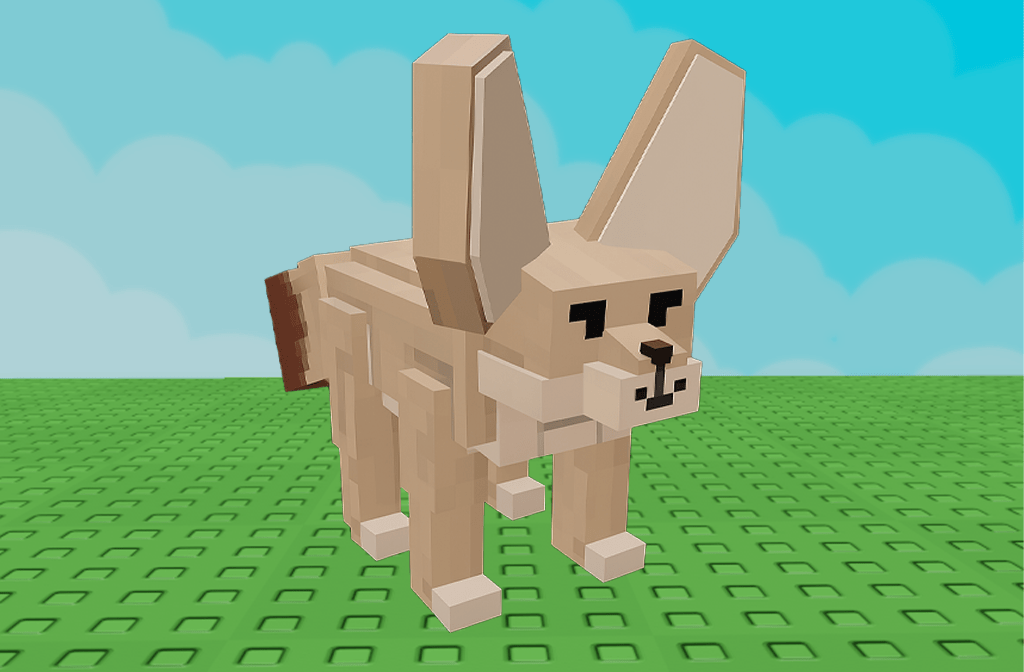
S-Tier pets are the GOATs. They’re the best pets for farming in Grow a Garden, pets with rare mutations, or utility that makes them must-haves for endgame setups. Many are difficult to obtain, but every one of them can drastically improve your farm once unlocked.
Pets in this tier:
- Kitsune & Corrupted Kitsune – These two lead the meta with Chakra and Corrupt Chakra mutations that multiply crop value far beyond any other pet effect.
- Dragonfly – Consistently upgrades random fruits into golden variants, stacking huge value boosts over time.
- Disco Bee – A powerhouse for bee-focused setups, enhancing crop mutations and improving synergy across multiple pets.
- Mimic Octopus – Copies another pet’s ability, essentially doubling up your strongest effects and creating incredible flexibility.
- Butterfly – Turns mutated crops into Rainbow variants, one of the most valuable transformations in the game.
- Golden Goose – Produces Fortune eggs that spread profit-boosting effects, fueling massive long-term gains.
- Raccoon – Highly versatile, excelling in resource farming and general utility for a variety of loadouts.
- Spinosaurus & T-Rex – Two of the strongest dinosaurs, able to apply and spread rare mutations across crops.
- Fennec Fox & French Fry Ferret – Both provide strong late-game farming synergies, making them key for specialized setups.
- Queen Bee – Pollinates crops while refreshing other pets’ cooldowns, boosting efficiency across your entire farm.
- Seal – Great for farming eggs and recycling resources, especially valuable in advanced farms.
- Lobster Thermidor – Applies Molten and Meteoric mutations, two of the most profitable effects in the game.
- Chicken Zombie – An exclusive event pet with unique and powerful farming utility.
- Firefly – Event-limited but highly effective for farming support and crop growth.
- Pancake Mole – An upgraded mole variant that enhances resource farming and supports multiple strategies.
- Shiba Inu – A stronger version of the Golden Lab, excellent for steady long-term farm progression.
- Blood Owl – Event-exclusive with rare mutation effects that strengthen high-level farming setups.
- Praying Mantis – A reliable option for improving mutation chances and scaling farm efficiency.
S-Tier pets define the Grow a Garden meta tier list. Even owning a single one can transform your efficiency, but combining several creates setups that no lower-tier companions can compete with.
A-Tier Pets

A-Tier is for very strong and useful top pets in Grow a Garden. Though they’re not quite as game-changing as S-Tier. They provide solid utility, farming boosts, or situational power that makes them worth keeping in your lineup if you don’t have access to the top-tier companions.
Pets in this tier:
- Triceratops – Advances growth with its Tri-Horn ability, especially useful in sprinkler-based farming.
- Pig – Boosts mutation chances on crops, providing steady long-term value.
- Sea Turtle – Offers replanting chances for sea crops, adding farming efficiency.
- Moon Cat – Enables replanting of night crops, making it a powerful niche pick.
- Starfish – Expands inventory slots, one of the best support passives in the game.
- Capybara – Speeds up pet leveling, helping scale your entire roster faster.
- Pack Bee – Improves bee setups by supporting honey and crop production chains.
- Petal Bee – Enhances plant growth through its floral synergy, great for farm scaling.
- Ankylosaurus – A strong prehistoric pet with reliable utility in long-term setups.
- Pachycephalosaurus – Brings unique dino-based support, boosting farming output when combined with others.
- Tanchozuru – Provides boosts tied to rare farming events, making it situational but powerful.
- Junkbot – Useful for resource efficiency, often tied to gear-related farming.
- Cooked Owl – A mutation-focused variant of the Night Owl, great for advanced setups.
- Sushi Bear – Niche farming boosts tied to cooking-related progress.
- Raiju – A divine pet that enhances elemental boosts, useful for rare setups.
- Spaghetti Sloth – Provides quirky farming utility, supporting long-term growth methods.
- Spriggan – Enhances environmental farming efficiency with nature-based passives.
- Hyacinth Macaw – A strong bird pet tied to exotic crop efficiency.
- Pterodactyl – A prehistoric flyer that supports resource collection.
- Bear Bee – A mythical bee that strengthens honey and pollination cycles.
- Honey Bee – Reliable for pollination and resource boosts in bee setups.
- Scarlet Macaw – Boosts farming tied to tropical crops, useful in specific farms.
- Golden Lab – Provides general-purpose farming support, a classic mid-game helper.
- Moth – Helps keep pets fed by ensuring consistent crop support.
- Ostrich – Speeds up egg hatching, one of the best utility pets for breeding.
- Silver Monkey – Provides farming utility and consistent mid-level efficiency.
- Blood Hedgehog – Strengthens prickly plants with size and mutation boosts.
- Red Giant Ant – A mythical ant that scales well for mutation-focused farming.
- Tarantula Hawk – Offers strong event farming effects and mutation support.
- Snail – Boosts lucky harvest chances, valuable in large-scale farming.
- Koi – Adds steady crop efficiency and resource support.
- Squirrel – A niche pet with utility tied to resource gathering.
- Turtle – Provides consistent farming support with replanting passives.
- Night Owl – A late-game pet that boosts certain night farming strategies.
- Hotdog Dachshund – Adds quirky but effective boosts for resource-based setups.
- Blood Kiwi – Improves mutation potential, especially in kiwi-based farming setups.
- Meerkat – Provides farming utility tied to digging and gear acquisition.
A-Tier pets are reliable, powerful, and sometimes underrated. They may not completely reshape a farm like S-Tier options, but many of them can carry you through mid-to-late game farming and even rival top-tier companions in the right setup.
B-Tier Pets

B-Tier pets are decent choices with situational value. They won’t carry your farm on their own, but they can fill gaps in your lineup or support stronger pets with secondary effects. Many of these shine in niche setups, such as being the best pets for beginners Grow a Garden.
Pets in this tier:
- Sand Snake – Offers decent farming utility, though weaker compared to other reptile pets.
- Axolotl – Grants summer harvest replanting but is situational outside of seasonal crops.
- Mole – A basic digging pet with modest farming efficiency, outclassed by Pancake Mole.
- Kodama – Provides spiritual boosts tied to crop growth, but only in narrow setups.
- Stegosaurus – A prehistoric pet that supports farm growth, though limited compared to others.
- Dilophosaurus – Adds mutation-related effects but lacks consistency for endgame farming.
- Parasaurolophus – Niche dinosaur boosts that rarely outshine stronger companions.
- Iguanodon – Another dinosaur pet with utility, but weaker overall stats and effects.
- Caterpillar – Speeds leafy plant growth, helpful early but falls behind later on.
- Spotted Deer – Provides modest farming support tied to nature crops.
- Monkey – A simple utility pet with limited long-term value.
- Giant Ant – Useful for boosting mutation setups, but overshadowed by the Red Giant Ant.
- Dog – A beginner-friendly companion with reliable but plain farming support.
- Toucan – Increases size and variant chances for tropical fruits, helpful but niche.
- Hedgehog – Boosts prickly fruit growth, though Blood Hedgehog does the job better.
- Orangutan – Offers resource support tied to jungle crops, situational but usable.
- Crab – Provides light utility in water farming, though easily replaced by stronger sea pets.
- Owl – A general-purpose pet with small benefits, but weaker than Night or Cooked Owl.
- Cow – Fertilizing aura boosts growth, but too slow compared to other pets.
- Rooster – Adds basic utility for farm progression, though not standout.
- Peacock – Supports farming with minor passive boosts to crop growth.
- Orange Tabby – A napping pet that boosts fruit size, though niche and not scalable.
- Raptor – Decent prehistoric support, but weaker compared to other dino pets.
- Seedling – A very early-game pet that quickly falls off in usefulness.
- Dairy Cow – Slightly stronger than the regular Cow, but still slow for farming progress.
- Maneki-neko – Brings light farming luck boosts, more thematic than impactful.
- Tsuchinoko – A rare mythical creature, but its effects are too inconsistent.
- Flamingo – Adds crop support tied to tropical setups, but limited for endgame efficiency.
B-Tier pets can serve as strong stepping stones while you’re building your collection. They’re useful for specific crops or farm themes but are usually replaced once you unlock higher-tier companions.
C-Tier Pets
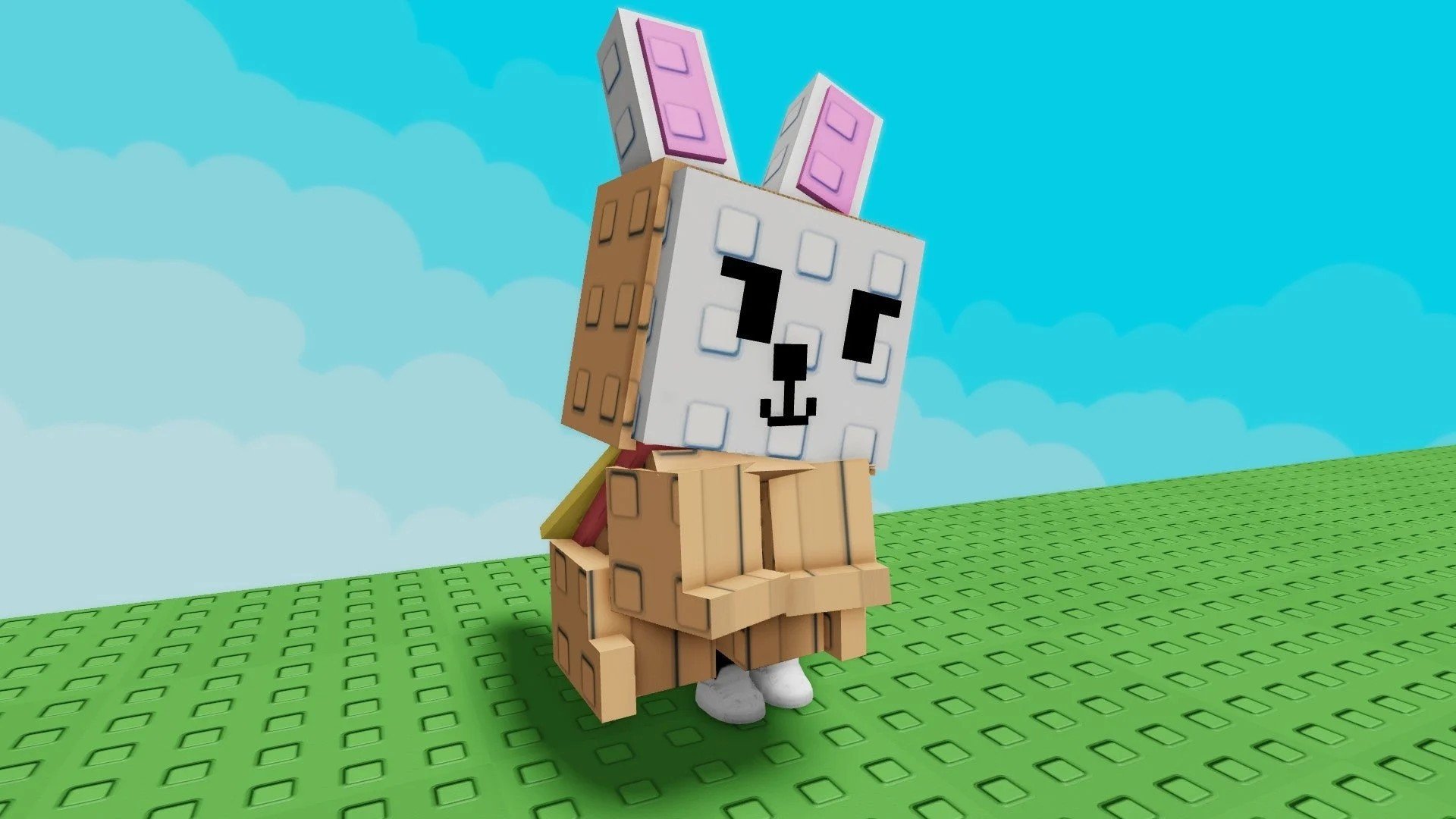
Moving on with the Grow a Garden pet ranking guide, C-Tier pets have limited usefulness and are generally considered below-average. While some can support very specific farming strategies, most are easily replaced once you obtain stronger pets. They’re best seen as filler or collectors’ items rather than long-term staples.
Pets in this tier:
- Cat – Naps to boost fruit size, but its effect is weak and inconsistent.
- Grey Mouse – A small farming boost pet with minimal impact on crops.
- Bee – Offers pollination benefits, but outclassed by rarer bee types.
- Frog – Advances plant growth occasionally, though the effect is unreliable.
- Bagel Bunny – An event bunny with novelty value, but poor farming utility.
- Kiwi – Provides minor farming boosts, but weaker than Blood Kiwi.
- Bald Eagle – Grants niche bonuses, but is overshadowed by other birds.
- Brown Mouse – Similar to Grey Mouse, with very limited farming value.
C-Tier pets are mostly for collectors or temporary use in the early game, unlike the S or A tier which have the best pets for mutations Grow a Garden. Their abilities aren’t completely useless, but they lack the strength to make a meaningful difference compared to higher-tier options.
D-Tier Pets
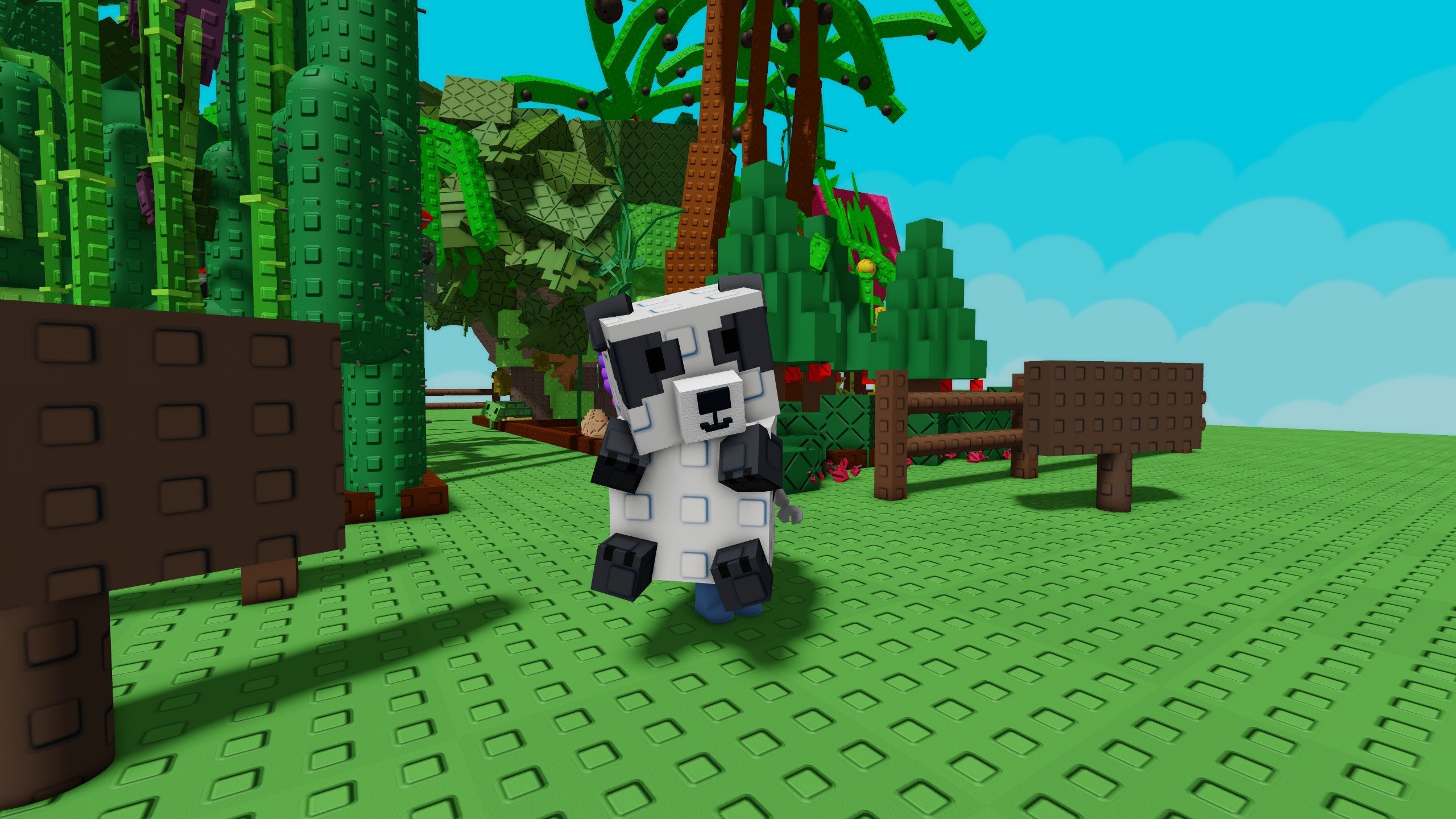
D-Tier pets provide little to no real value in the current meta. Their abilities are weak, outdated, or so situational that they’re rarely worth using outside of novelty or collection purposes. Most players replace these pets as soon as stronger options become available.
Pets in this tier:
- Bunny – A starter pet with no meaningful farming bonuses.
- Black Bunny – Event variant of the bunny, but equally lacking in value.
- Seagull – Provides no real advantage for farming or progression.
- Panda – Offers little utility compared to other animal pets, quickly falling behind.
- Gorilla Chef – A quirky event pet tied to cooking, but weak in actual farm setups.
- Polar Bear – Limited growth support that pales compared to more specialized farming pets.
- Turtle (basic) – One of the weakest reptile companions with nearly no impactful ability.
- Deer – Brings minimal farming bonuses, making it irrelevant in the current meta.
D-Tier pets are best avoided for serious farming or progression. While they may hold sentimental or cosmetic value, their abilities don’t justify using them when so many better options exist.
Conclusion
Pets are the heart of progression in Grow a Garden, shaping how quickly you grow, mutate, and profit from crops. With dozens available, choosing wisely makes all the difference. S-Tier pets like Kitsune, Dragonfly, and Golden Goose define the current meta, while lower-tier pets mostly serve as stepping stones or collection fillers.
Unobtainable pets still play a role through trading, but focusing on currently available high-impact pets ensures the fastest growth. Build your loadouts around strong synergies, and you’ll see your garden thrive far more efficiently.
F.A.Q.
What are the best pets in Grow a Garden?
The best pets right now are Kitsune, Dragonfly, Disco Bee, Butterfly, Golden Goose, Raccoon, and T-Rex. These provide unmatched farming boosts, mutations, and long-term value.
How do you get unobtainable pets in Grow a Garden?
Unobtainable pets cannot be earned directly through gameplay. They are only available via trading, old event eggs, or by owning them before removal.
Do pet abilities stack in Grow a Garden?
Yes, having multiple copies of the same pet stacks their abilities. This makes loadout planning very important, especially for pets that boost crop growth or mutations.
Which pet should I use as a beginner?
For early progression, start with Starfish, Moon Cat, or Pack Bee. These pets are easier to obtain and provide consistent farming utility before you move into higher-tier companions.
What is the maximum number of pets you can have?
By default, players can hold 60 pets. With pet pouches and upgrades, this can expand to a maximum of 135 pets in total.


